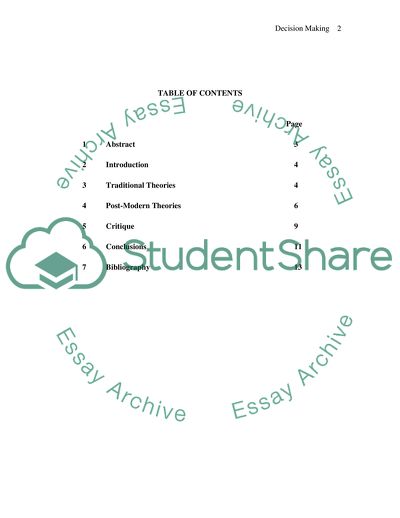Cite this document
(Traditional and Modern Theories of Decision Making Essay, n.d.)
Traditional and Modern Theories of Decision Making Essay. https://studentshare.org/macro-microeconomics/1709882-business-economics-decision-making-theories-of-the-firm
Traditional and Modern Theories of Decision Making Essay. https://studentshare.org/macro-microeconomics/1709882-business-economics-decision-making-theories-of-the-firm
(Traditional and Modern Theories of Decision Making Essay)
Traditional and Modern Theories of Decision Making Essay. https://studentshare.org/macro-microeconomics/1709882-business-economics-decision-making-theories-of-the-firm.
Traditional and Modern Theories of Decision Making Essay. https://studentshare.org/macro-microeconomics/1709882-business-economics-decision-making-theories-of-the-firm.
“Traditional and Modern Theories of Decision Making Essay”. https://studentshare.org/macro-microeconomics/1709882-business-economics-decision-making-theories-of-the-firm.


